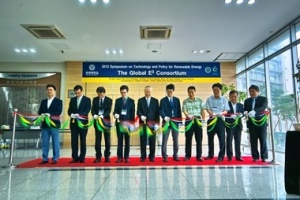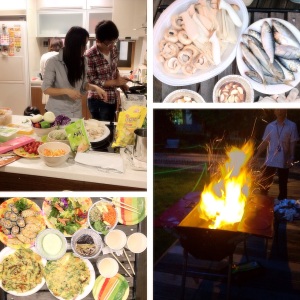The tall man in the room next door
November 11, 2012
While working at University College London, I was housed in the Kathleen Lonsdale Building*. It had been the Chemistry building a few decades prior, but now contains a mixture of geology, mathematics and computational materials science. On the dusty third floor annex, there is one curious office that serves both as a space for the group's computer server and a temporary desk space for Prof. Peter Day. The latter recently published his autobiography, On the Cucumber Tree.
I had known that Peter Day was a successful solid-state chemist, but little else. This book was full of revelations! In short, his career developed from studies at Oxford, to working Bell Labs, running a synchrotron in Grenoble, and becoming director of the Royal Institution in London. What makes it a captivating read is his personal perspective and context, e.g. the Oxford University experience as a complete outsider, the subtleties of European and UK scientific politics, and a few cases of name and shame (one being the Duke of Kent's paltry donation to the redevelopment of the Royal Institution).
I doubt one of the goals of the book was the dissemination of research, but in my case it worked. Some early studies of mixed-valence inorganic solids and molecular ferromagnetics were completely new to me. Sadly tracking such papers down is becomingly increasingly difficult, with libraries culling old paper copies and not subscribing to extended online archives in order to save on cost. Hopefully, the move towards open access will prevent this in the future, but the fact that neither myself or colleagues at UCL and Oxford have access to the original Robin-Day paper on mixed valence chemistry is a sad state of affairs.
*Named after the Irish X-ray pioneer and first female FRS, Kathleen Lonsdale.




